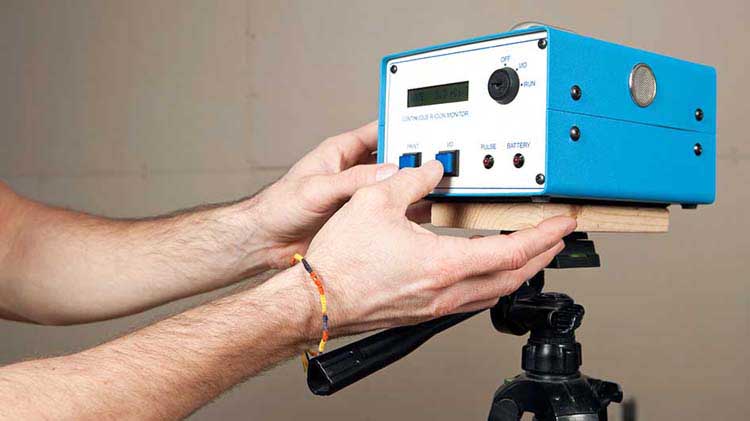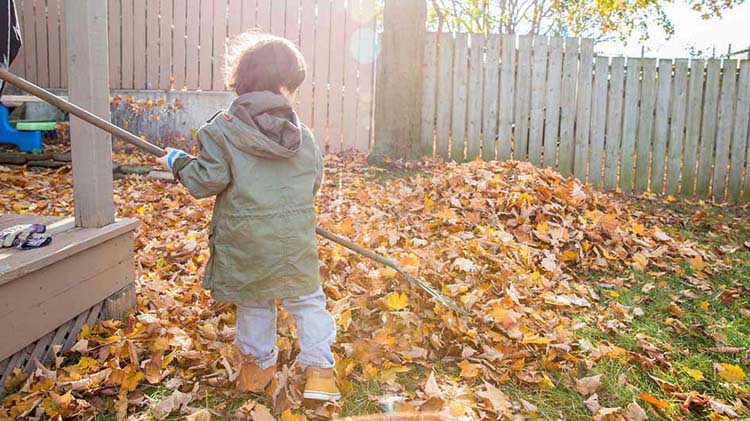How much to budget for home maintenance
Some knowledge and planning can help you be more prepared when it’s time for home repairs.
From the roof to the furnace (and every appliance in between), the average cost of home repairs for major house components can range from several hundred to thousands of dollars. While homeowners can't escape home maintenance or updates, they can help prevent those financial surprises by preparing early for inevitable fixes. Here are some important things to consider and plan for.
How much should you save each year for maintenance on your home?
Don't get caught with empty pockets. Try to set aside a portion of your monthly budget in a home repair or emergency fund. Keeping the money separate can also make it harder to spend it on something else. Even a small amount can quickly add up.
Find the percentage that works best for your budget and set up automatic transfers into an emergency fund account. A rule of thumb is to set aside 1% - 4% of your home's value for a home maintenance fund. For example, for a home valued at $200,000, you would budget $2,000 to $8,000 per year to spend on annual upkeep.
During times of uncertainty when the real estate market inflates home values, the square footage rule might work better for others. For instance, if you have a 3,000-square-foot house, you will want to save $3,000 for annual repairs and maintenance. Evaluate whether percentage or square footage works best for your budget.
It can also be helpful to set some savings goals based on average home maintenance costs for replacement. Here are some approximate cost ranges (costs may vary depending on location and demand):
- Roof (asphalt): $5,800 to over $13,000
- Deck (wood/composite): $25-$50 per square foot
- Furnace: $2,000-$5,400
- Central air conditioner: $3,900 to over $8,000
- Water heater (gas/electric): $800 to over $1,800
- Garage door opener: $200 to over $500
- Windows: $230-$1,230 per window
Appliance costs tend to vary based on brand and features, from about $400 to $1,000 for many items. However, higher-end options can cost several thousand dollars more than that.
Average lifespan of a house
The lifespan of components in your house can vary based on several factors such as wear and tear, maintenance, location, usage, quality and material. Once you have determined how much to save, it can be helpful to prioritize your repairs based on age. For example, if your roof is 20 years old, you probably have just a few years before investing in a replacement. When it comes to a 5-year-old furnace, on the other hand, you may not need to save for another decade. Here are averages from various sources:
- Roof (asphalt shingles): 20-30 years
- Furnace: 15-20 years
- Central air conditioner: 15-20 years
- Water heater (tank type): 8-12 years
- Garage door opener: 10-15 years
- Windows (wood): 20 years
According to The Spruce, appliances average:
- Washing machine: 10-11 years
- Dryer: 13 years
- Refrigerator: 14 years
- Range: 14 years
- Dishwasher: 9-10 years
Good maintenance practices
Start taking action now to help minimize the potential financial burden of home repairs.
- Perform routine maintenance. To help prolong the life of your home's systems and appliances, regular maintenance is important. Create a schedule for inspecting and cleaning components every summer and fall. Throughout the year, create a regular to-do list such as replacing furnace filters, cleaning air vents, and testing smoke alarms and carbon monoxide detectors.
- Make repairs a priority. A minor issue can quickly escalate into an expensive problem. Even if a professional is required, repairs may generally be less costly than a replacement.
Check out more home maintenance articles to help keep your home in good shape.




